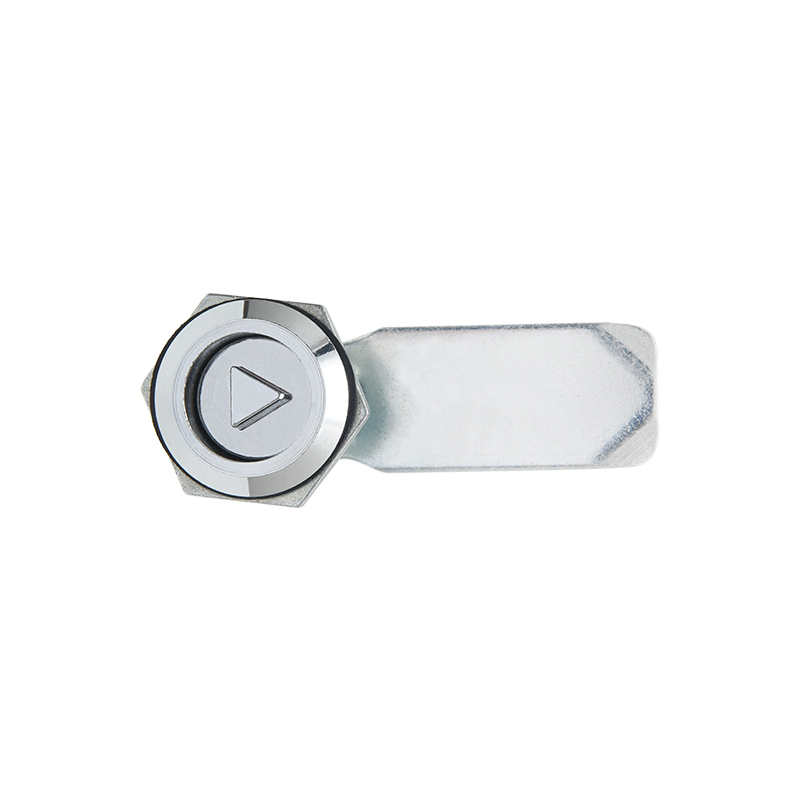Conducting systematic and thorough inspections is vital for maintaining the integrity and functionality of electrical cabinet locks. At regular intervals—monthly, quarterly, or as dictated by usage conditions—inspect the lock for any visible signs of deterioration. This includes checking for rust, corrosion, or physical damage to the lock’s exterior and internal components. Focus on key areas such as the latch mechanism, lock cylinder, and strike plate to ensure they are free of obstructions and fully operational. By catching early signs of wear, you can prevent potential lock failures, reducing the risk of unauthorized access or equipment downtime.
To ensure the longevity and smooth operation of the lock, appropriate lubrication is essential. Mechanical parts within the lock, particularly the pins, springs, and keyway, require regular lubrication to prevent friction and wear. Use a high-quality, non-greasy lubricant like powdered graphite or a silicone-based spray. Graphite is particularly effective as it does not attract dust, unlike oil-based lubricants, which can create a sticky residue that clogs the lock. Lubricate the lock at least once every six months, or more frequently in environments with high humidity or dust. Apply the lubricant carefully into the keyway, ensuring even distribution to all internal components.
Cleaning is not just about aesthetics; it’s crucial for the lock’s functionality. Dirt, dust, and debris can accumulate in and around the lock, hindering its operation. Regularly clean the exterior of the lock using a soft, lint-free cloth to remove surface grime. For tougher stains, use a mild, non-abrasive cleaning solution, ensuring it does not drip into the keyway. The interior components should also be cleaned periodically, especially in dusty environments. Use compressed air to blow out any debris from the keyway or electronic components, taking care to avoid moisture. Proper cleaning prevents contamination that could lead to lock jamming or mechanical failure.
Keys are the primary interface between the user and the lock, and their condition directly impacts the lock’s performance. Regularly inspect keys for signs of wear, such as bent edges, cracks, or worn-down grooves, which can cause misalignment in the lock cylinder, leading to jamming or difficulty in operation. If a key shows significant wear, replace it promptly to prevent it from damaging the lock’s internal mechanisms. Avoid using keys for purposes other than unlocking—such as prying or turning screws—which can deform them. Store spare keys in a secure, dry place to prevent rust or damage.
The hardware that secures the lock to the cabinet plays a critical role in maintaining the lock’s alignment and effectiveness. Over time, vibrations, temperature fluctuations, and regular usage can cause screws, bolts, and other fasteners to loosen. This can lead to misalignment of the lock with the strike plate, resulting in operational difficulties or reduced security. Regularly check all fasteners, including mounting screws and any associated brackets, and tighten them as necessary. Ensure that the lock remains securely attached to the cabinet, and that the latch aligns perfectly with the strike plate for reliable locking and unlocking.



 English
English 中文简体
中文简体
















